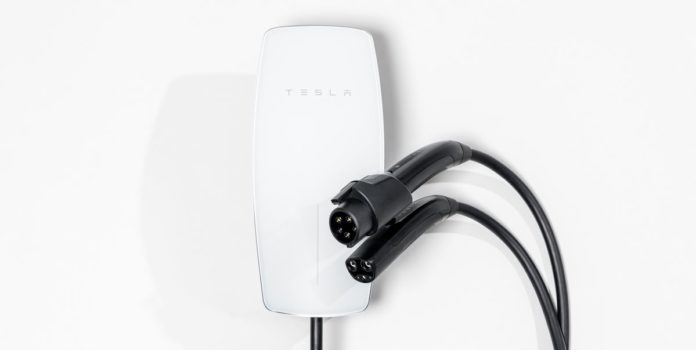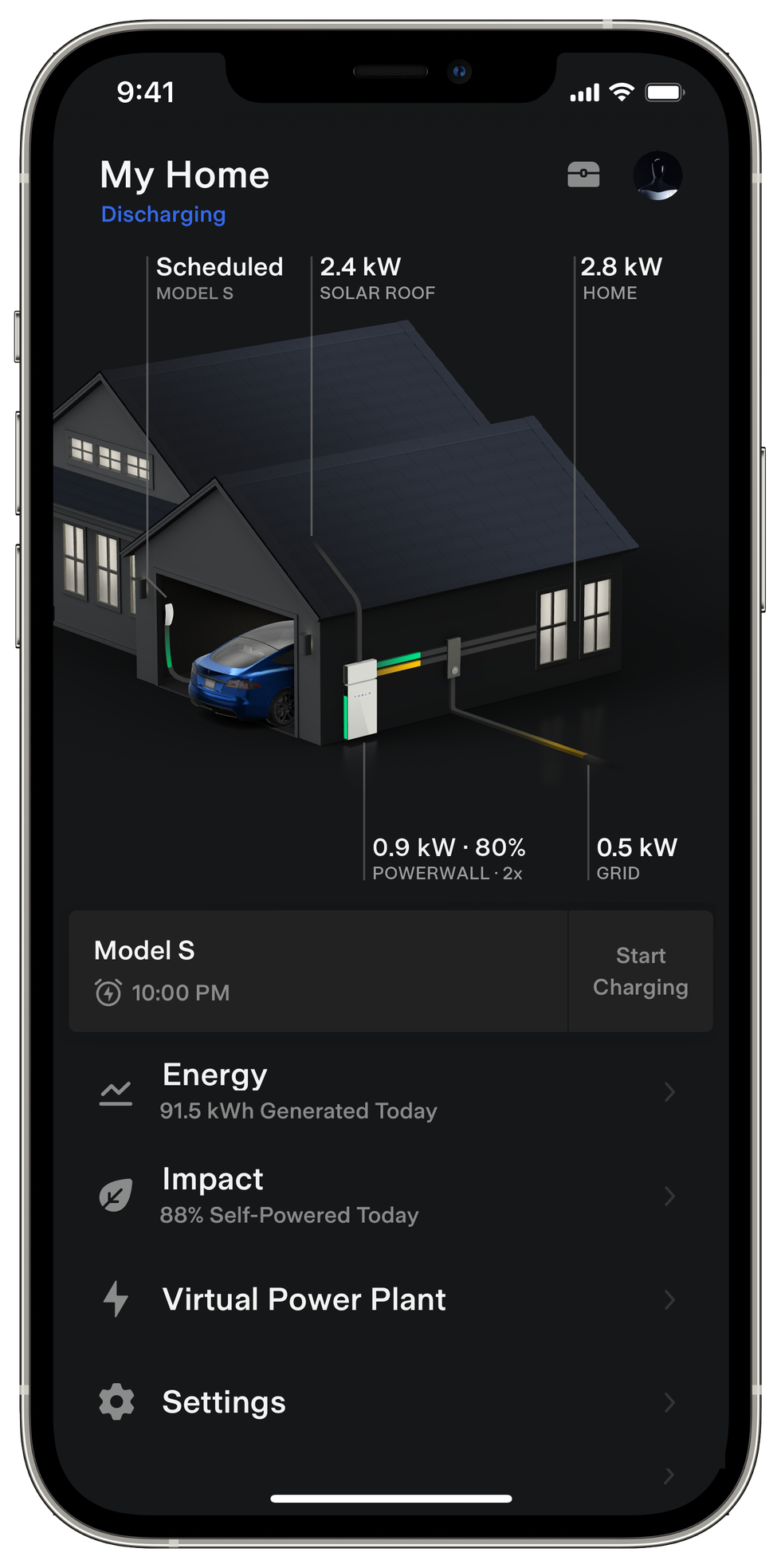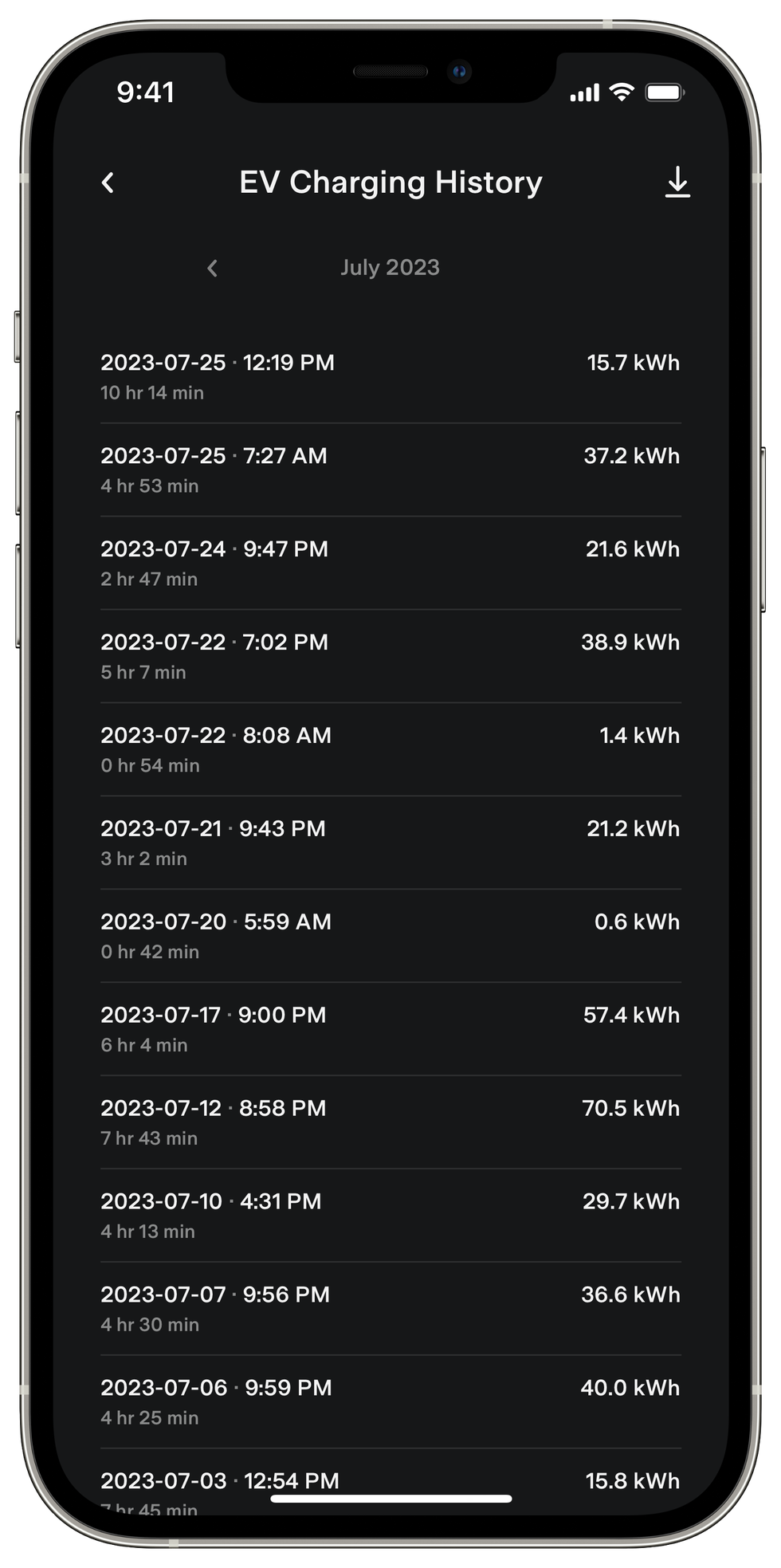Nearly every major automaker has announced plans to switch from today’s J1772 plug for their EVs to Tesla’s North American Charging Standard (NACS) plug in the 2025 timeframe. This migration will inevitably lead to EV owners needing to be mindful of having the right adapters on hand to be able to accept whatever plug type they encounter. Tesla’s latest home-charging offering is its Universal Wall Connector, which has a built-in adapter to switch seamlessly between J1772 and NACS plug types.
Although it looks like a simple adapter that slides onto the end of a typical Tesla connector, there’s actually an electronic locking mechanism so the adapter can’t go missing. It’s either locked to the connector or in the body of the unit itself. Other than that nifty future-proofing upgrade, which makes this latest unit significantly thicker than the standard Wall Connector with the Tesla plug (the J1172 Wall Connector is no longer available on Tesla’s website), it’s the same as other third-generation Wall Connectors. That means a peak output of 11.5 kilowatts, available only in a hardwire configuration, and ability to power share with other Wall Connectors.
The other big news that now applies to all of Tesla’s home-charging units, not just the new Universal Connector, is that the unit integrates into the Tesla mobile app to allow monitoring of energy use, which is mandatory if you want to track efficiency like we do with all of our test cars. Previously only Tesla owners could monitor charging data, by tapping into data from the vehicle rather than the charging equipment. Once the charging unit is installed, it must be commissioned via a separate Tesla Pros app, but thankfully any DIYer can create an account to set up the maximum output for the circuit the unit is connected to, and users can also specify certain Teslas to allow to charge at the unit while blocking others. Unfortunately, that functionality doesn’t carry over to non-Tesla vehicles. Then you can add one or more Wall Connectors, along with other Tesla energy equipment, such as solar panels or a Power Wall backup battery, to the Tesla app.
Total energy used and charge time are tracked for each session, and can be exported as a text file by month, while real-time power output is viewable via the app during charging. This isn’t as much data as some of our favorites provide, such as the ChargePoint Home Flex or Emporia, where you can select your utility’s rate plan to keep close tabs on charging cost. But Tesla allows you to share access to your charging unit with up to five other Tesla accounts, for others to be able to control the unit, modify scheduled charging, or view data. And we continue to be impressed at the slimness of the Wall Connector’s 24-foot-long cable compared to other home charging units with the same or even lesser output capability. It makes the cord easier to maneuver and a smaller gap when the garage door is closed on it when charging a vehicle in the driveway.
We used it to charge numerous vehicles and the only issue we had was with our long-term Rivian R1T, where the charge port light would often initially turn red indicating a fault and required unplugging and replugging before charging would initialize. It worked fine with many other vehicles with J1772 plugs, so seems like that may be a Rivian-specific issue.
While other charging-equipment providers, such as ChargePoint, offer home charging units with the choice of either a J1772 or Tesla NACS plug, this is the only unit that offers both. The Universal is slightly more expensive at $595 versus $475 for the standard Wall Connector, which is in line with what you’d pay for a standalone adapter. It’s a great solution for a mixed-EV household or to future proof your home-charging setup.
Dave VanderWerp has spent more than 20 years in the automotive industry, in varied roles from engineering to product consulting, and now leading Car and Driver‘s vehicle-testing efforts. Dave got his very lucky start at C/D by happening to submit an unsolicited resume at just the right time to land a part-time road warrior job when he was a student at the University of Michigan, where he immediately became enthralled with the world of automotive journalism.







